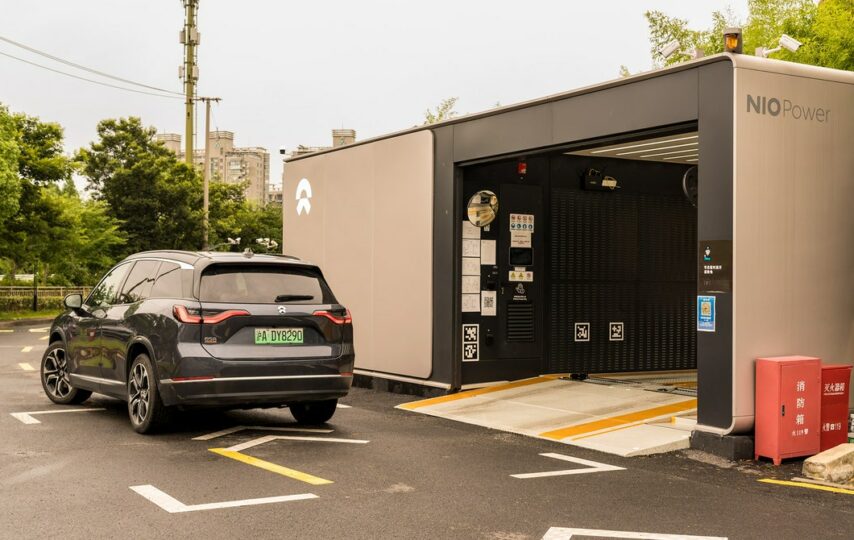[ad_1]
“China has gone from having virtually no electric vehicles to having almost half of the world’s stock of passenger electric vehicles, and far more of that in terms of buses, trucks, and two-wheelers,” says Mazzoco. “This was somewhat of a surprise, even for Chinese policymakers.”
At times that has meant charging infrastructure struggled to keep up. Shenzhen, home to EV and battery maker BYD, provided an early case study. By 2017, all of the city’s buses were electric, and its taxi fleet went all-electric a year later. At first, there weren’t enough chargers to keep up with the new demand.
As of January, government guidelines require that each parking space in a new residential building come with charging capabilities. Some cities had already required this and subsidized the cost of adding chargers to older buildings and parking lots.
But driving habits in China are, generally speaking, different from those in the West. Chinese car owners rely more on public charging infrastructure than their Western counterparts, says Hove. China’s two main state electric companies, State Grid and Southern Grid, maintain networks of high-speed charging stations along highways, while private companies generally install facilities within cities and villages.
In older neighborhoods, EV charging can put a strain on the grid, and utility companies have been reluctant to make upgrades. Instead, they direct charging providers to build stations where the grid is strong enough—locations that may be less than convenient for drivers. But the chargers that are in place along highways and at public stations are frustratingly slow, Hove explains. Many outlets billed as rapid chargers offered 50-kW charging, which can take up to an hour. Roadside stations should instead be equipped with 100-kW or higher chargers, he says, which can replenish a car in as little as 15 minutes.
Progress building charging infrastructure in China may have been rapid, but clunky payment systems and broken chargers can still slow down a trip. In 2019, Hove drove 900 miles from Beijing to Hohhot, the capital of Inner Mongolia, in an NIO ES6 EV, a midsize SUV. On that route, he charged mostly at State Grid points along highways and private points in towns. “Charging was a team effort,” he says, and sometimes required multiple people scanning QR codes or phone calls to station operators. At one point, his car had to be towed some of the way due to a broken charging station. Another station he came across in Beijing was so underutilized that weeds were growing among the chargers. (The issue of poorly maintained stations isn’t unique to China.)
Chinese drivers are less likely to take long road trips like the one Hove attempted, which may make range anxiety less of a concern as EVs proliferate. That’s partly thanks to the extensive train network, which includes more than 20,000 miles of high-speed rail. A train from Beijing to Shanghai, for instance, whizzes passengers between the cities in about four hours at a top speed of 217 mph. Hove’s journey from Beijing to Hohhot would take about five hours by highway, and half that time by high-speed train. As a result, most people use their cars to travel inside cities or over short distances and take a train or plane for longer journeys.
Rather than expecting drivers to plug in and wait, some companies are experimenting with battery-swapping stations. These work a bit like car washes, with people driving their EVs in with near-dead batteries. A robotic system changes the battery in about five minutes while the driver waits in the car. The concept has been floated in other parts of the world, but it first took off in China, where it has been popular among owners of truck and taxi fleets.
NIO, which in some ways aims to be a Chinese version of Tesla, has turned battery swapping into a luxury service, says Jonas Nahm, an assistant professor of energy, resources, and environment at the Johns Hopkins School of Advanced International Studies. The company currently has 949 stations across China, with plans to triple that number by 2025. Instead of purchasing batteries, more than 60 percent of NIO drivers in China use its “battery as a service” leasing program, which starts at about $150 a month for a set number of swaps, with stations concentrated in major cities where NIO cars are popular. To further alleviate range anxiety, NIO offers permanent and flexible upgrades to higher-capacity batteries and emergency roadside charging.
[ad_2]








